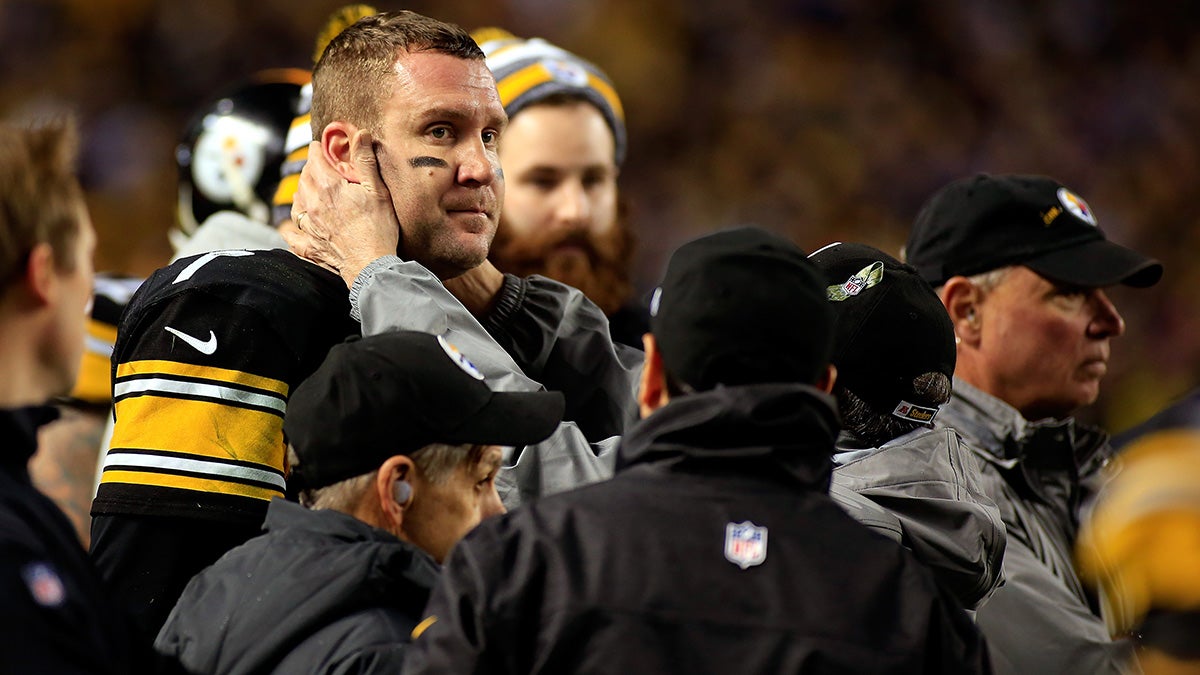New study says classic concussion treatment may not be effective

In the ongoing efforts to find the most effective methods to treat concussions, a new study conducted by the American Medical Society for Sports Medicine suggests classic treatment methods actually may be detrimental to recovery.
The AMSSM assembled a panel to review current concussion literature, recommend the best treatment practices and identify aspects that need more research.

The study said about 20 percent of concussions sustained by people up to 18 years old are school-sports related. However, data does not include concussions sustained during club or recreational sports.
According to the study, difficulties diagnosing concussions are due to the lack of validated testing methods. Additionally, the tests often rely on symptoms self-reported by the athlete, which can cloud accuracy. Sometimes the symptoms go unrecognized.
A common test is the Vestibular/Ocular Motor Screening (VOMS). The patient identifies baseline symptoms such as headache, dizziness, nausea and fogginess on a scale of one to 10 before going through a set of tests that can help determine the severity of the injury. The screening is typically administered at least one day after sustaining the injury, but the study reported it is gaining traction as a method to diagnose concussions on the sidelines.
To make diagnosing concussions easier, tests can be administered prior to the beginning of competition to form a baseline evaluation of an athlete. Those results can be compared to the results of the same test administered after the injury.
In addition to screening, the study highlights emerging resources for concussions diagnosis, including the use of impact monitors. While such monitors can be used to measure the force of the initial impact, they are unable to determine how much force is transmitted to the brain. Because of the variety in individual athletes’ response to force, there is no validated threshold to diagnose concussions using the monitors.
Some professional sports teams are turning to biometrics, acquired by blood testing, to determine injury risk for athletes. Fluids are also being studied to assess sports-related concussions, but the study cites a lack of evidence to prove this method is effective.
Once a concussion is diagnosed, the next step is treatment, but that, too, is surrounded by uncertainty as to what is or is not effective.
A 2017 study found insufficient evidence to suggest prescribed rest, one of the most common treatment methods, is viable. It instead suggests 24 to 48 hours of rest followed by gradual return activities such as school and, eventually, the playing field.
Nutraceuticals, food with additives that benefit health, have been studied. Animal tests have shown evidence nutraceuticals prevent concussions and speed recovery, but that has not been found in humans.
After reviewing current literature, the panel identified areas further research is needed:
- High-quality epidemiological studies in younger athletes, recreational activities, non-traditional sports and non-school sponsored team sports (select, recreational) should be considered.
- Continued studies of high school, college and professional athletes to better understand concussion rates, repetitive head impact exposure, mechanisms, recovery patterns, risk factors and the success of specific intervention and prevention strategies.
- Research regarding objective tests, including neuroimaging and fluid biomarkers, to determine their diagnostic and prognostic utility over and above current clinical assessment methods.
- Research regarding specific factors or modifiers that are associated with prolonged recovery.
- Investigation into the utility of clinical profiles/concussion domains for diagnosis, prognosis and treatment.
- Research on the role, if any, of nutraceuticals in the prevention and treatment of acute concussion and for those with prolonged symptoms.
- The role of aerobic exercise, physical therapy (treatment of associated injuries such as cervical and vestibular abnormalities) and psychological therapy in the treatment of SRC.
- Advanced studies to increase understanding of neurobiological effects and recovery after SRC.
- Development of evidence-based return-to-learn and return-to-sport paradigms.
- Exploration of the potential long-term effects of SRC and repetitive subconcussive impacts on neurological health via prospective longitudinal studies and laboratory research.
- The role of genetic susceptibility to acute and chronic effects of SRC and subconcussive impacts.
- Further development and implementation of primary and secondary prevention measures.
While the study shows progress in understanding and treating sports related concussions, it also points out how much still needs to be done.
Ryan Sharp is a senior sports journalism major at Arizona State University.
Related Articles
NFL sees concussion rates drop, fewest since 2014
The race to create the safest helmet
Baseline concussion testing keeps athletes game ready

